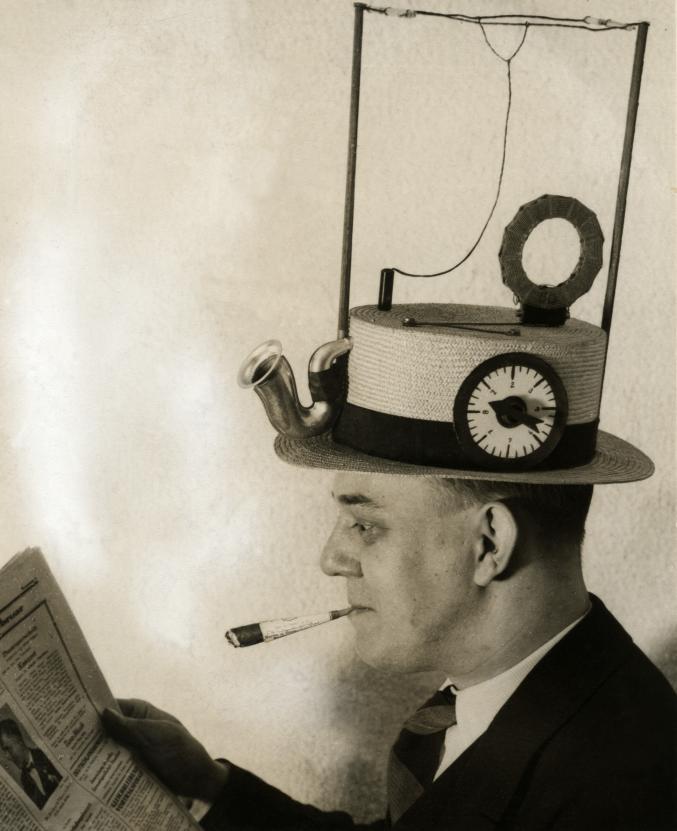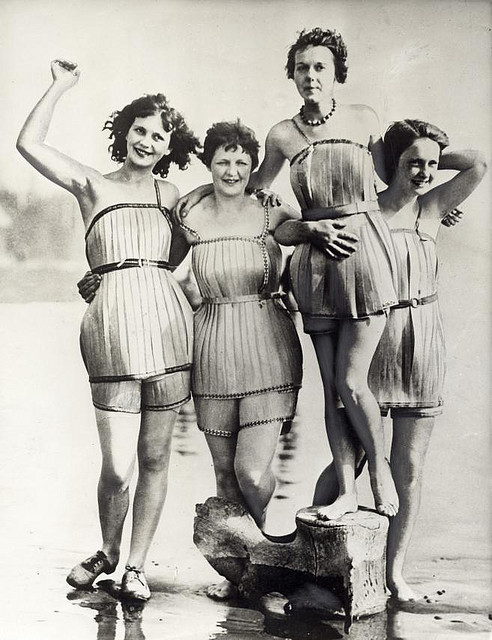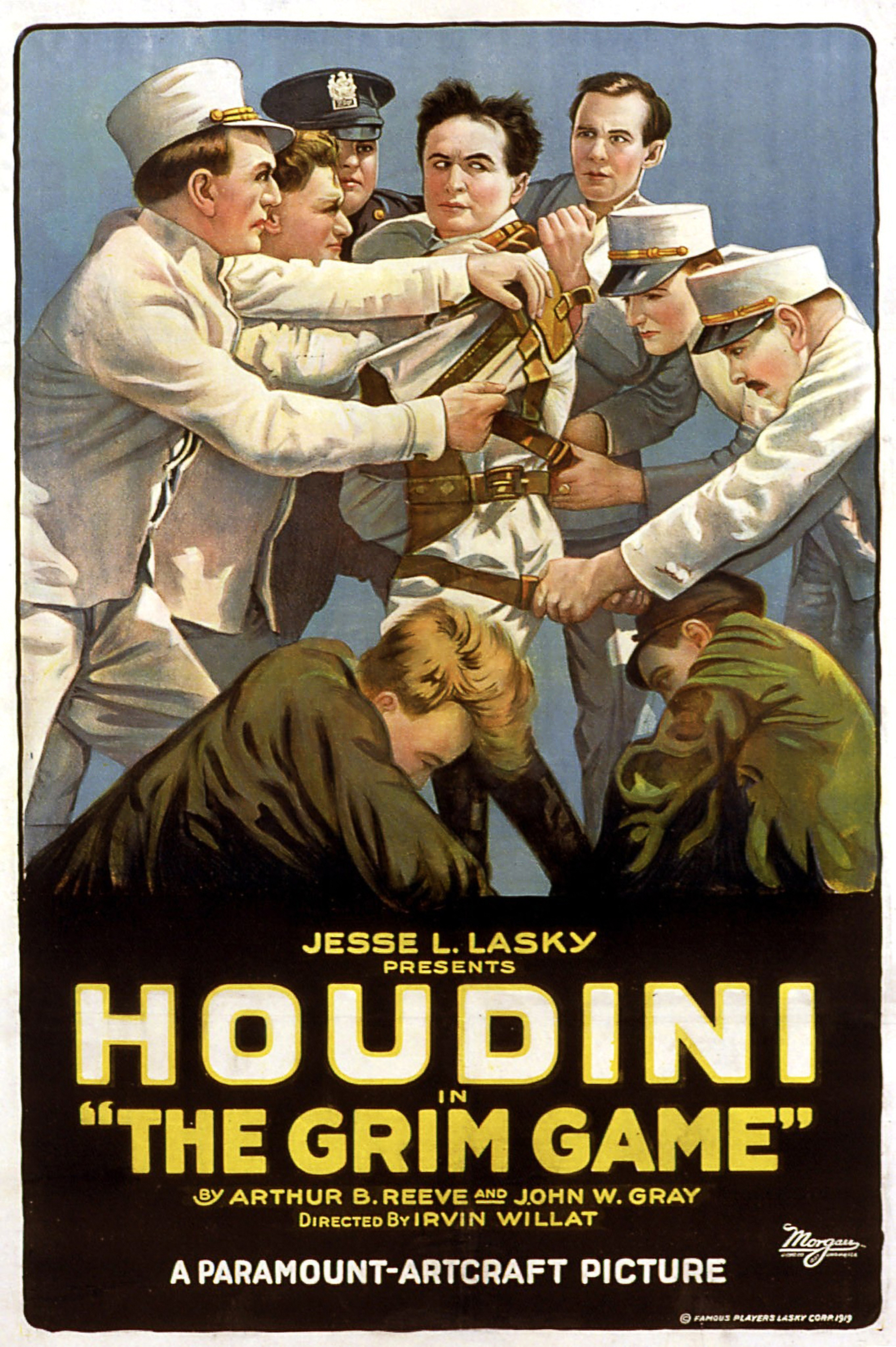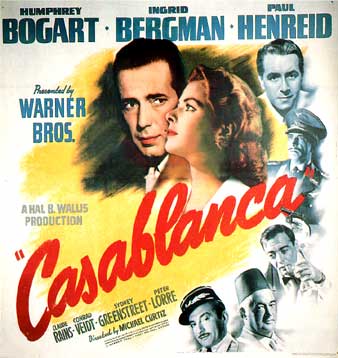Maura Kelly proposes a Slow-Books Manifesto, based on Michael Pollan's healthy eating manifesto: "Read books. As often as you can. Mostly classics."
Why the emphasis on literature? By playing with language, plot structure, and images, it challenges us cognitively even as it entertains. It invites us to see the world in a different way, demands that we interpret unusual descriptions, and pushes our memories to recall characters and plot details... Neuroscientists have found plenty of proof that reading fiction stimulates all sorts of cognitive areas—not just language regions but also those responsible for coordinating movement and interpreting smells. Because literary books are so mentally invigorating, and require such engagement, they make us smarter than other kinds of reading material.
One of the wonderful boons of the e-reader age is that so much great literature is free. The public domain expands well into the 20th Century, and aside from the initial cost of the reader, you could devour endless numbers of classics and never spend a penny. And there are still libraries out there, of course. And even a few bookstores. Holding a beautifully made book in one's hands, and a classic to boot...
Read books. As often as you can. Mostly classics. I like that.
Have a good weekend. Take this opportunity to read a good book!























